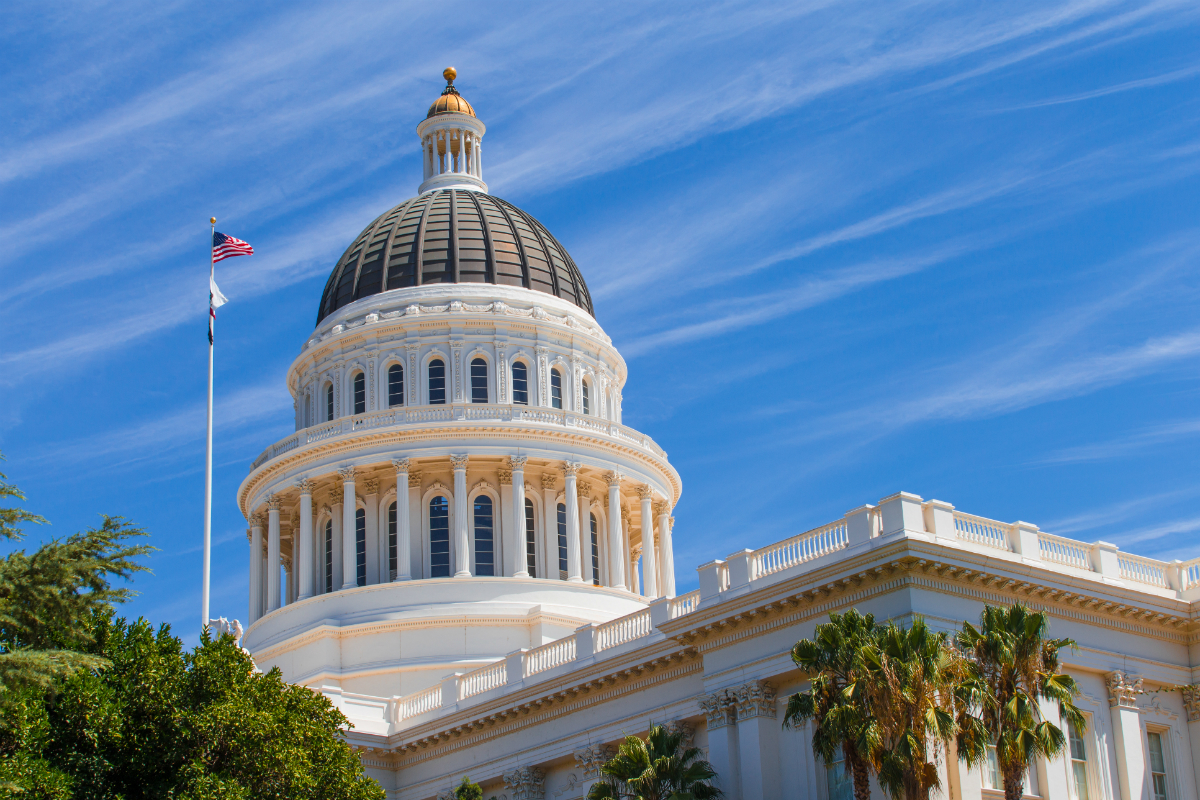The lengthy Assembly Budget Subcommittee No. 2 on Education Finance hearing explored COVID-19 implications for school finances, accountability and safety; how California can mitigate learning loss amid school closures; and issues around child care and essential workers.
“They are just unknowns at this time. But they are questions we should just start pondering,” said Assemblymember Patrick O’Donnell (D–Long Beach), a longtime classroom teacher.
Updates on the financial front
Considering the continued deterioration of state and national economic conditions, subcommittee chair Assemblymember Kevin McCarty (D–Sacramento) said legislators can look to three options to help already underfunded schools endure this crisis: one-time spending from the state’s reserve fund (valued at about $17 billion), federal funding and deferrals. “The number one thing we need to focus on is how we get out of this alive and not cut our schools and not cut our kids,” McCarty said.
In hoping that a future federal stimulus package will further buoy public schools — for which CSBA has heavily advocated — McCarty noted that the CARES investment in schools offers significantly less than the federal stimulus during the Great Recession. That stimulus package provided California almost $8 billion to backfill state education funding losses over a multi-year period, while California is allocated to receive $1.65 billion through the CARES Act.
“The two consistent asks that we hear are COLA and pension relief,” Assemblymember Al Muratsuchi (D–Torrance) said of his discussions with local school districts. When asked whether a cost-of-living adjustment is still in the cards, the Department of Finance said it is too early to offer a projection without additional information on state revenues and expenses.
Many of these issues are addressed in a letter to Gov. Gavin Newson ahead of the May Revision, in which CSBA CEO & Executive Director Vernon M. Billy outlines how California’s schools need additional funding beyond the current workload budget that must be flexible to meet local needs and challenges during the COVID-19 crisis. Specifically, CSBA requests the Governor:
- Stay committed to the $1.2 billion allocated in ongoing Proposition 98 funds for a statutory 2.29 percent COLA.
- Repurpose the $1.5 billion in one-time proposals from the January budget to discretionary funding that schools can use to cover costs associated with COVID-19.
- Utilize dollars within the State Reserve Fund to support schools. The state’s reserve totals more than $17 billion and was established for this very type of financial crisis.
- Place a bond on the November ballot of at least $2 billion to address broadband access needs in schools, particularly in rural areas; purchase computer hardware; and support school health and safety activities related to COVID-19.
O’Donnell, who chairs the Assembly Education Committee and hinted at what types of bills will advance this year, said that legislators should recognize the heavy burden and turbulent times facing schools and not impose extra burdens or new mandates that will draw resources away from their COVID-19 response.
And as Gov. Newsom and state officials consider reopening parts of California’s economy, Assemblymember Monique Limon (D–Santa Barbara) added that it is critical for official to keep in mind how foundational schools are to any successful economic recovery.
Limiting learning loss and preparing for the future
Regarding the paramount issues of equitably providing distance learning and bridging the digital divide, legislators heard from Stephanie Gregson, deputy chief superintendent of public instruction, among others. Gregson reported that the California Department of Education has thus far identified the need for an additional 400,000 devices and 290,000 internet connections to connect students with distance learning. The efforts of CSBA, state leaders and other education organizations have escalated the digital divide to a state-level task force.
“What our local education agencies have accomplished in pivoting to distance learning on a dime is nothing short of amazing,” Gregson said after outlining the steep task that remains.
O’Donnell implored the CDE and LEAs to continue investing in and fine-tuning their virtual learning plans as they may become part of the new normal in California education. “The distance learning model is something that we might have to bounce in and out of next year,” he said.
Recent research on projected learning loss due to long-term school closures and Assembly staff analysis also piqued legislators’ concerns. “Learning loss mitigation prior to the 2020–21 school year, in particular for traditionally low-performing students and/or matriculating students, can be considered as part of the June Budget Act, but requires more advanced planning and resources at the local level for successful execution,” the staff agenda report reads.
The issue is so prominent on the radar of state leaders than Gov. Newsom said conversations include a possible earlier start to the school year. “We recognize there has been a learning loss because of this disruption. We are considering the prospect of an even earlier school year — as early as late July, early August,” Gov. Newsom said in his April 28 press briefing. “We’ve made no decisions definitively in that space, but … In the next few weeks, we’ll get some more clarity on the possibility of that, what the costs are, what that actually looks like — it’s a conversation above and beyond just summer school.”
State Board of Education President Linda-Darling commended the state’s efforts thus far to tackle the issue head-on. “California has a better start on these goals than many other states that closed schools and have nothing to continue education for their students,” she said.
Darling-Hammond also outlined five priorities for schools moving forward: closing the digital divide; offering summer support, especially for English language learners, homeless students and other in-need youths; providing instructional continuity; taking stock of students’ learning needs when they return to school, with a focus on relationships; and offering expanded learning opportunities.




